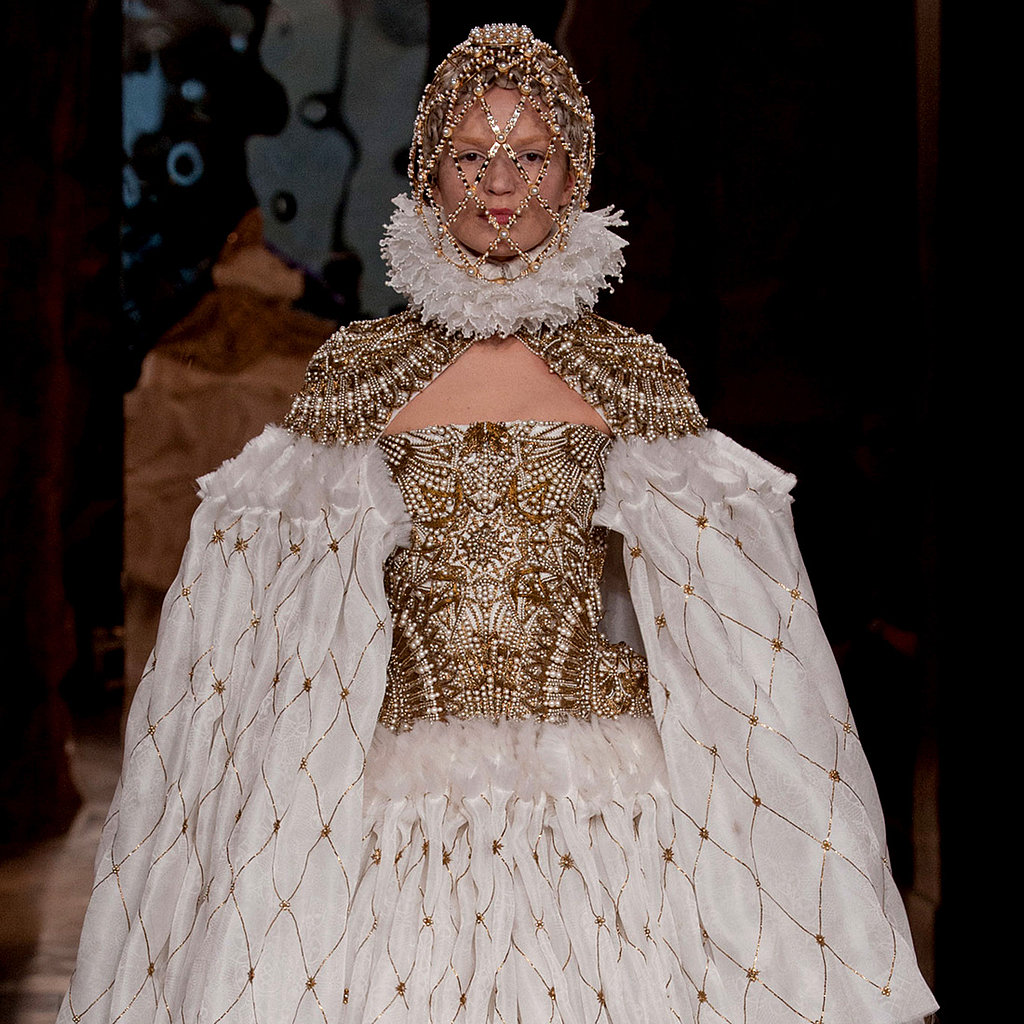In the ever-changing landscape of society, the concept of royalty has evolved dramatically, adapting to contemporary norms and values. Modern royalty embodies a unique blend of tradition and modernity, captivating the public's imagination while navigating the complexities of today's world. The fascination with royal families persists, as they symbolize a lifestyle filled with privilege, duty, and a touch of glamour. As we delve into the realm of modern royalty, we will uncover how these figures maintain their relevance and appeal amidst societal transformations.
Royal families around the world are tasked with preserving their heritage while staying connected to their subjects. They often engage in charitable work, public appearances, and social media interactions that reflect their dynamic roles in modern society. The relationship between royalty and the public has shifted significantly, with many royal figures opting for a more relatable and accessible persona. This evolution raises intriguing questions about the significance of modern royalty in our lives and how their influence shapes our cultural landscape.
As we explore the various facets of modern royalty, we will examine the lives, responsibilities, and challenges faced by contemporary royals. From their personal lives to their public duties, these individuals navigate the delicate balance between tradition and modernity. Join us on this journey to discover the captivating world of modern royalty, where timeless elegance meets the demands of a fast-paced society.
Who Are the Key Figures in Modern Royalty?
Modern royalty encompasses a diverse group of individuals who play pivotal roles in their respective countries. Some of the most notable figures include:
- Queen Elizabeth II (United Kingdom)
- King Felipe VI (Spain)
- Queen Máxima (Netherlands)
- Crown Prince Frederik (Denmark)
- Prince Harry and Meghan Markle (United Kingdom)
What Makes Modern Royalty Relevant Today?
The relevance of modern royalty can be attributed to several factors:
- Public Engagement: Royals are increasingly engaging with the public through social media and community events.
- Charitable Endeavors: Many royal families endorse and support various charitable causes, highlighting their commitment to social issues.
- Cultural Representation: Royals often serve as cultural ambassadors, promoting their nations on the global stage.
How Do Modern Royals Adapt to Change?
Modern royals are adept at navigating the changing dynamics of society. They employ various strategies to remain relevant:
- Embracing technology and social media platforms.
- Participating in discussions surrounding pressing social issues.
- Fostering connections with younger generations through relatable content.
Biography of a Modern Royalty Icon: Meghan Markle
| Attribute | Details |
|---|---|
| Name | Meghan Markle |
| Date of Birth | August 4, 1981 |
| Birthplace | Los Angeles, California, USA |
| Occupation | Actress, Philanthropist, Duchess of Sussex |
| Marriage | Prince Harry (2018) |
What Impact Has Meghan Markle Made on Modern Royalty?
Meghan Markle's entry into the British royal family marked a significant moment in the evolution of modern royalty. She has brought a fresh perspective to the royal institution, highlighting issues such as diversity, mental health, and gender equality. Her openness about her struggles and advocacy for important social causes has resonated with many, making her a relatable figure for the public. Furthermore, her decision to step back from royal duties and relocate to the United States sparked discussions about the role of modern royals and their autonomy.
How Has the Public Perception of Modern Royalty Changed?
Public perception of modern royalty has undergone a transformation, driven by factors such as:
- Increased media coverage and scrutiny.
- The rise of social media, allowing for direct communication with the public.
- Shifts in cultural attitudes toward privilege and tradition.
What Role Does Tradition Play in Modern Royalty?
Despite the modern adaptations, tradition remains a cornerstone of royal identity. Ceremonies, rituals, and customs are still upheld, serving as a reminder of the rich history and heritage that royal families represent. These traditions provide a sense of continuity and stability in a rapidly changing world, allowing modern royals to connect with their roots while embracing the future.
How Do Modern Royals Balance Personal Lives and Public Duties?
The balance between personal lives and public duties can be challenging for modern royals. As they navigate their responsibilities, they often face scrutiny and pressure from both the media and the public. Successful modern royals find ways to prioritize their families while fulfilling their obligations, often setting boundaries to protect their privacy. This delicate balancing act is essential for maintaining their well-being and effectiveness in their roles.
What Lies Ahead for Modern Royalty?
The future of modern royalty will likely continue to evolve as societal norms change. As they adapt to new challenges and expectations, modern royals will need to remain flexible and open to innovation. Their ability to engage with the public, address pressing issues, and honor their traditions will determine their relevance in an ever-changing world. The enduring appeal of modern royalty lies in their capacity to inspire and connect with people from all walks of life.
In conclusion, modern royalty represents a fascinating intersection of tradition and contemporary values. Figures like Meghan Markle exemplify how royals can navigate their roles while addressing pressing social issues and connecting with the public. As we continue to witness the evolution of modern royalty, the intrigue and admiration surrounding these individuals will undoubtedly persist.

:max_bytes(150000):strip_icc():focal(558x0:560x2)/royal-ascot-3-492b1a42c6624511bcb964ef99129a3b.jpg)


